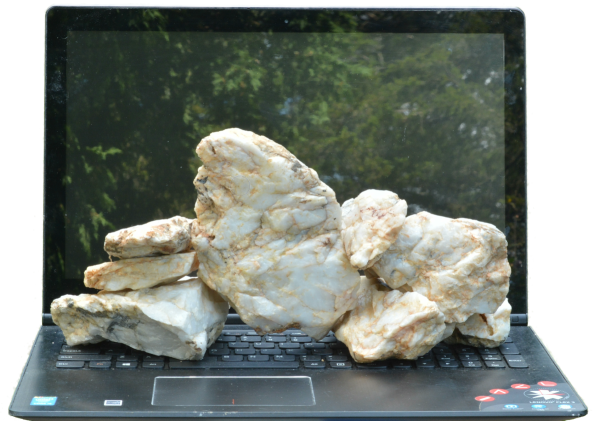Open Letter to Software Publishers: No Startupware Allowed!
by Jerry Stern
Chief Technical Officer at Science Translations
Another day, another cleanup. This morning’s cleanup was described by a new customer like this: “It’s broken. We can’t run our customer check-in program. The night staff keeps surfing the internet, and loading spyware, so that’s probably it.”
What I found was a computer that, on first look, had shortcuts to software on a drive “y:\” but had no mapped drives, and that was a member of a network named “WORKGROUP”, which is the default name for new peer-to-peer networks under the Windows “run me and I’ll change all your settings back to defaults” network wizard. There was no apparent connection to the network. “System Idle Process” was at 96 to 98%. There was clearly some spyware there, and a peer-to-peer music program, but they didn’t appear to be slowing things down.
OK, next, looked at the list of running software that autostarts with the computer–-the log is three pages long; it should be half a page. The customer created their own doorstop. There were four anti-spyware programs running–all trial versions, and an anti-virus program which included anti-spyware features. The anti-virus software was the product installed by Dell at the factory, and long past the 90-day trial. Overall, the anti-spyware had stopped some spyware from running, and from connecting to the network, in much the same way that a very large boulder, when strategically placed on the roof of a car, will act as a parking brake.
Next step in the tuneup was to uninstall and rip out junk until the task list was down to the absolute basics. Replaced all the antivirus software with one known good product, did a scan, and the new antivirus reported that it had found two pups. Right–not malware, but PUPs. That’s “Potentially Unwanted Programs.” Mustn’t insult the spyware by putting a negative label on it–this is more software written by lawyers.
At some point, consumers have to learn about autoplays. Software that autostarts without a very good reason should be removed. Software functions should run while the software is being used. Not all the time. (Looking at you, Microsoft Edge and Google Chrome!) And if it does, I’ll personally rip it out or turn off the autostart as non-essential during the PC tuneup call. And I’m not alone; every field tech I’ve spoken to does the same. Choose software that only runs when asked to, make it self-repair if needed, and maybe, just maybe, customers won’t blame it when they’ve turned their computers into doorstops.
Software choice tip: When a program has an option to either install, or run as a portable program, the portable option means that it has no settings needed to run, no autoplays needed at all, no desktop shortcut, no menu entry, and no need for an installation program. Just double-click the main program file to run it. That requires you to know where you put it, so it’s not always conveniently on the desktop, but portable software doesn’t slow down your computer. It’s frequently a good choice, especially in small utilities that do a specific task for you.
When Jerry Stern isn’t fixing computers, he’s also the webmaster at startupware.com, author of FileTiger, and is online at www.sciencetranslations.com.

